Alert
Alerts
Doctor Albert Hustin
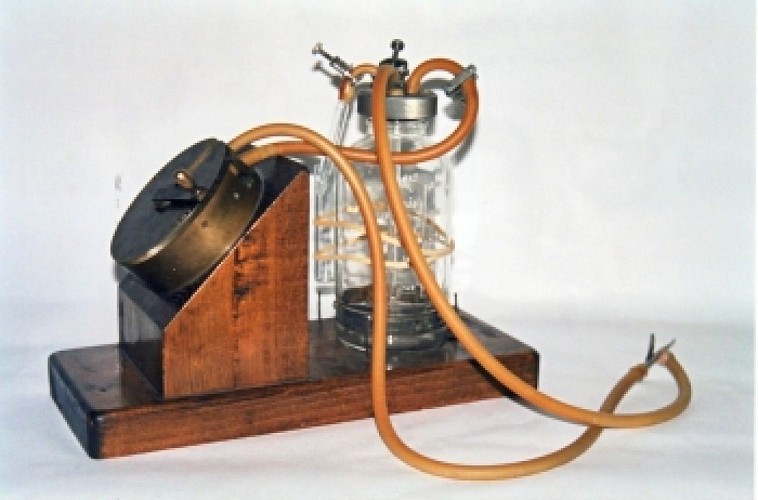
Description
Born in Ethe on 15th July 1882, Albert Hustin studied at Virton Royal Atheneum. He then went into medicine at the Free University of Brussels (ULB). Once graduated, Hustin completed his training with a placement in Paris and a study trip to the United States. At first assistant to Doctor Lepage, Doctor Hustin then became professor at the ULB. For the duration of his career, he divided himself between medical practice and scientific research, which was his true passion. While researching the pancreatic secretions of the dog, Albert Hustin found himself confronted by problems linked to the clotting of blood. He therefore decided to carry out research to find an anticoagulant that would solve the problem. In 1913 he added sodium nitrate to blood which, as a result, no longer clotted and was easier to handle. This discovery was a great success as the product administered was eliminated when re-injected into the body. Before this discovery, transfusions were done from arm to arm only. Dr Hustin's technique significantly increased the number of transfusions, rising from 7 in the world before 1914 to more than a million a year after 1914. Hustin's discovery made the act of storing blood for a certain period easier. This saved hundreds of thousands of lives, particularly during the First World War. A space is dedicated to him in the Gaumas museum, where you will find out about his life, his work and his tools.
Technical Information
Altimetric profile
IGN cards

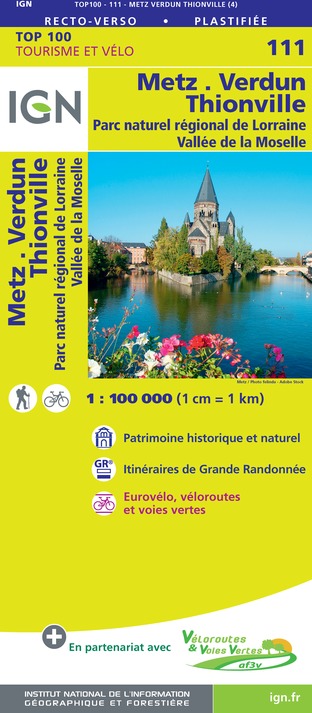

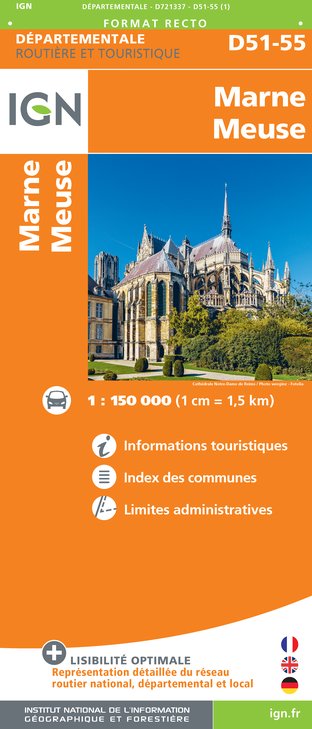
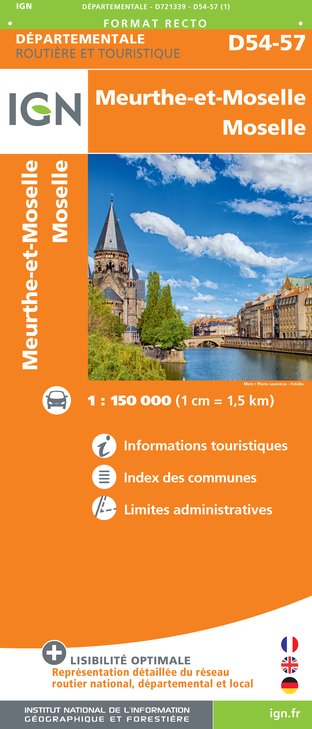


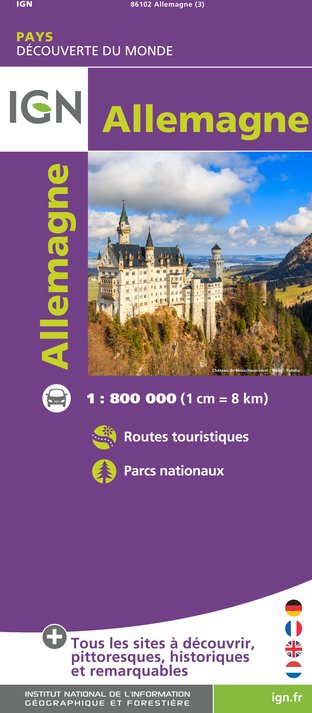
Data author
